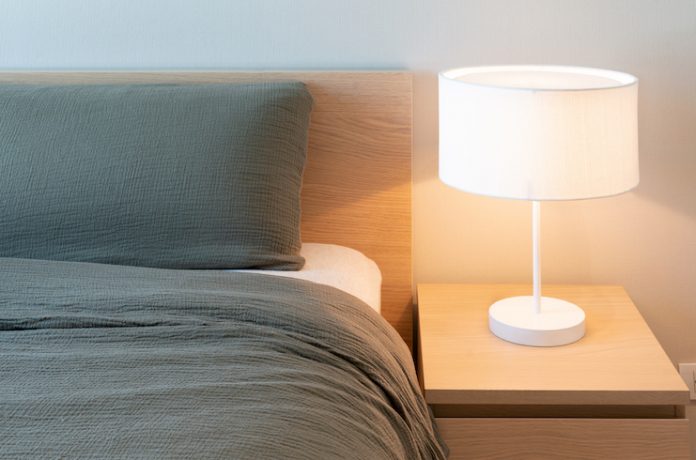
Guestrooms in economy, mid-range, and luxury hotels must achieve, at minimum, a pleasant guest experience and compliance with the applicable energy codes. Code compliance is required and when mixed with positive hospitality service can make guests happy. Problems arise when the energy-saving measures mandated by the energy codes are implemented poorly, and these can undercut and damage a guest’s experience. In fact, it happens often.
Guests would be angry if they removed the covers in the middle of the night and the lights turned on, if they woke up in a sweat because the HVAC was turned off and their sleep was disrupted, or if the light turned on during a trek to the bathroom. Each of these scenarios has recently occurred in new or newly renovated hotels. These are often the result of code-required measures that were implemented incorrectly.
Energy codes vary widely from state to state and, in some cases, from city to city. At a high level, guestroom energy code requirements help to minimize waste when lights, plug loads, and HVAC are left on in an unoccupied room. The codes attempt to make turning everything off a more automated process rather than relying on responsible practice by the guest. For the most part, occupancy sensors are used to turn off the HVAC and hardwired lights—and, in some cases, lamps and receptacles—20 to 30 minutes after the room has been recognized as unoccupied. Many codes allow for a captive keycard reader to function as a master switch for lights and HVAC. Often located near the door, the thought is that as guests leave, they take card keys with them, shutting off the lights and HVAC until they return.
In practical application, these solutions are far less foolproof and efficient than initially intended. Captive card key devices, for instance, are easily circumvented with a second room key. Plus, as physical keys are now disappearing, this technology will soon become outdated. In fact, many hotels are refusing to install captive card key devices in guestrooms because they do not meet brand standards. While occupancy sensors offer a better solution, they can also be problematic. They permit false-ons (turning lights on in error), false-offs (turning lights off by mistake), and/or could be improperly incorporated into a guestroom. Often, guestroom lighting controls are not given a great deal of consideration or are executed poorly. Unfortunately, when the discovery has been made, it is often too far along in the construction process and too cost-prohibitive to correct or replace.
The crux of the problem is that many solutions are ill-equipped to detect when guests are occupying guestrooms and when they are not. This is an important caveat for the hotel when the goal is to reduce energy waste while guests are not present and still maintain comfortable, air-conditioned, and well-lit rooms when guests are situated in the hotel. Luckily, smarter systems—with advanced occupancy sensors and an enhanced guest-presence detection software—have been developed that enable guestrooms to do just that.
Improved guest detection solutions combine smarter and more sensitive occupancy sensors, which means the system is less likely to suffer false-ons and false-offs with the active consideration of guestroom door activity and advanced processing capabilities. This enables the system to accurately track whether the room is occupied or empty and results in the system reliably maintaining the guest’s preferred environment, even when they are asleep or remaining still.
Another problem hotels often struggle with regarding energy code compliance is the Frankenstein effect. It refers to a solution where a combination of two or three different systems are piecemealed together to deliver the required control of the lighting, HVAC, and receptacles. These multi-manufacturer creations can be difficult to manage, and compatibility challenges onsite are common and can be costly.
A comprehensive guestroom control system can be implemented that meets all the project’s energy code requirements and that is smart enough to reliably detect when a guest is present and when they are not. It is the best way to ensure that hotel owners, operators, and guests will sleep comfortably and uninterrupted all night long.











